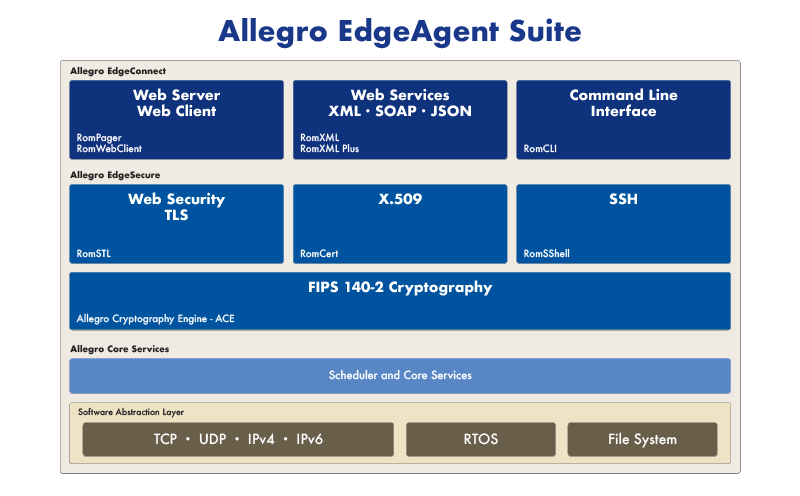Machine to Machine

The Future of IoMT Security and the Battle to Protect Healthcare Data
Healthcare data is under attack. Learn how to strengthen your IoMT security with encryption, access controls, and embedded device protection.

FIPS Validation: The Key to Medical Device Security
FIPS validation is crucial for securing medical devices, a key concern for healthcare technology. Get key insights on IoMT requirements for implementing cryptography and more on Embedded Computing Design. This insightful article delves into the importance of adhering...

IoMT Devices Security: Ensuring Patient Safety & Privacy
Dive into the critical aspect of securing Internet of Medical Things (IoMT) devices, a cornerstone of healthcare innovation, in our insightful article by Loren Shade on embeddedcomputing.com. This article sheds light on the unique risks that IoMT devices face,...
Let’s Talk IoT Security
Implementing IoT device security can be a challenge. Let us help you by sharing our proven framework for integrating a proactive security approach into your design. Click the button below to schedule a one-on-one web conference to discuss your security needs.


